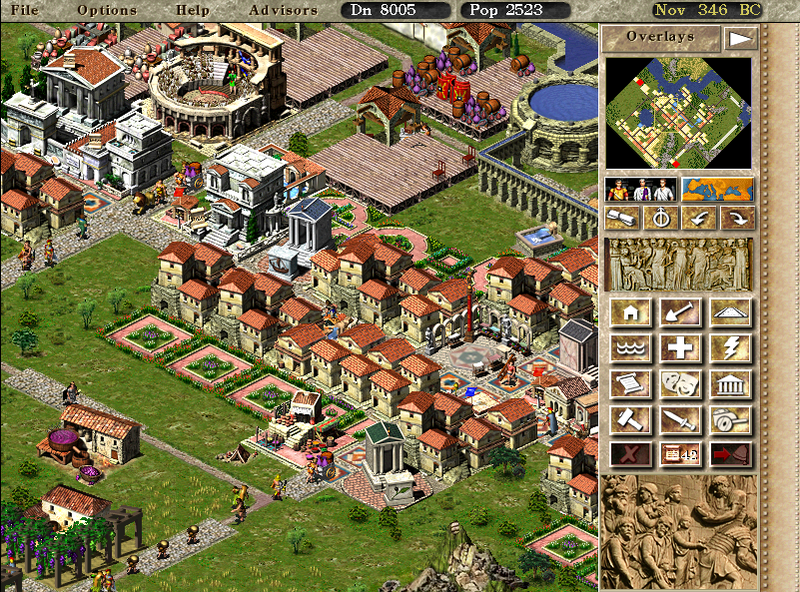

Resident Evil 2 follows the same gameplay mechanics as its predecessor. The game's graphics are composed of polygonal character models, and items superimposed over pre-rendered graphics, using fixed camera angles. The player must travel through a variety of locations, solving puzzles and fighting numerous mutated creatures in order to complete the game. The player can arm themselves with a variety of firearms, although ammunition is limited. The game features an improved graphics engine over the previous game, allowing for more zombies to appear on screen. In addition, the player can now determine their character's health based on their animation. A character in the 'caution' stage of injury will cover their stomach with his or her hand, while a character on the verge of death will limp.The main addition to the gameplay is a scenario system. Resident Evil 2 offers two playable characters, Claire Redfield and Leon S. Kennedy, each with their own scenario. However, after finishing one character's scenario (the "A" game) and saving the data, a second scenario (the "B" game) is unlocked in which the same series of events are depicted from the other character's perspective. Actions taken by the player during the first scenario affects the player's surroundings during the second scenario. In addition, one's character also has access to one area in their B game that they normally would not have access to. There are two scenarios for each character.

Game Screen Shots




Operating System: Windows XP/98/95
Processor: P2 266 mhz.
Video Card: 8 MB 3-D image-supported video card
RAM: 64 MB RAM
HDD: 300 MB free space
























